Why Permission Is Important, and how Eagon did the right thing!
Or, at least, that it could've been. For this to be legal, Coarse needed to grant Eagon permission, as the "Omen" is the creative and intellectual property of Coarse. While never stated in the detailed step-by-step article concerning how the piece came to be (as it was originally published), it turns out that Eagon did receive permission. According to him, he met them "at the last Coarse Rotofugi show [and] I showed my WIP project to them and they thought it was pretty cool. They said as long as I don't sell it to anyone they were ok with it."
But, as it is extremely important to understand, let's talk about why he needed this permission. If you were to buy an "Omen" from Coarse and hand-paint that copy, then resell it as a "custom", that is considered "fair use" — or appropriation — of your purchased property. But to buy one and duplicate it, let alone increase its size, is straightforward piracy; or would be without permission (which, once again, Eagon did receive). Not getting permission is exactly the same territory that Damien Hirst was sued over by John LeKay, with Hirst's "Hymn" having been an enlargement of LeKay's "Yin & Yang"; a lawsuit that LeKay won. (Correction: Hirst was sued by Humbrol Limited, whom LeKay had appropriated "Yin & Yang" from.)
Of course, one might think that it should be fair use to duplicate a piece without permission as long as the piece wasn't going to be sold, but there is no "personal use" clause in copyright theft. And, even if it isn't monetary, one can profit in other ways, like receiving publicity. I know all this might sound like a funny argument considering that designer toys have so-called "bootleggers" who use mass produced action figures as the basis for their pieces, but these are pop art parody pieces, altered from their original form. But we're talking about rather straight duplications here, ones without significant alterations to fall into this "grey area".
End of the day, Eagon did the right thing. He asked permission and he waited until he received permission. And the result is a spectacular piece, though one he sadly can not sell.
.png)
_SpankyStokesBanner_231120.jpg)
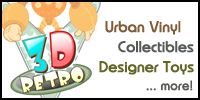

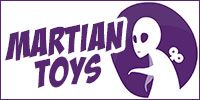

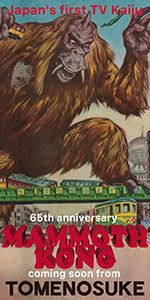
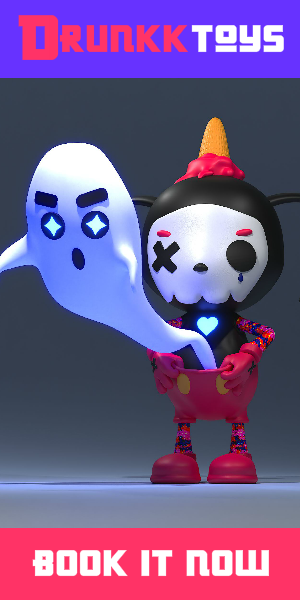
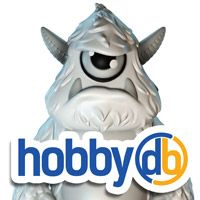







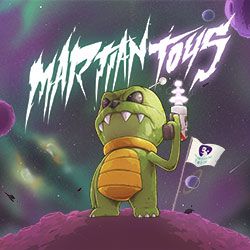
_statue_by_Pascal_Blanch_x_House_of_Gog_SpankyStokes_square_banner_250x250_6ntpkdF2uS2ZUbpA8ZY4Xo.jpg)

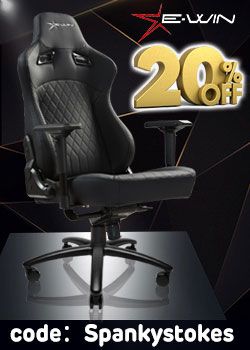
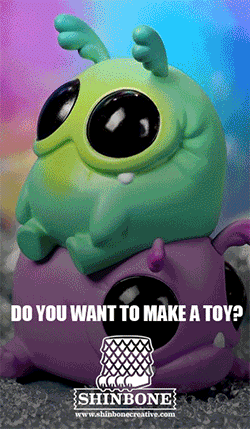
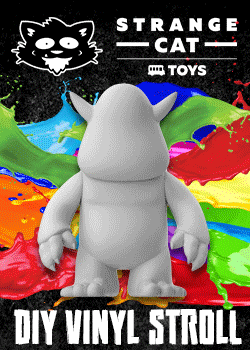
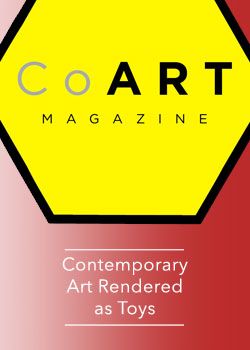
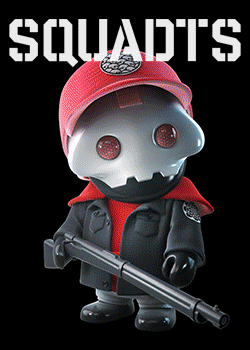

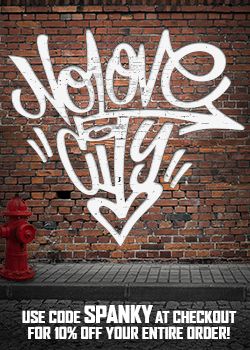
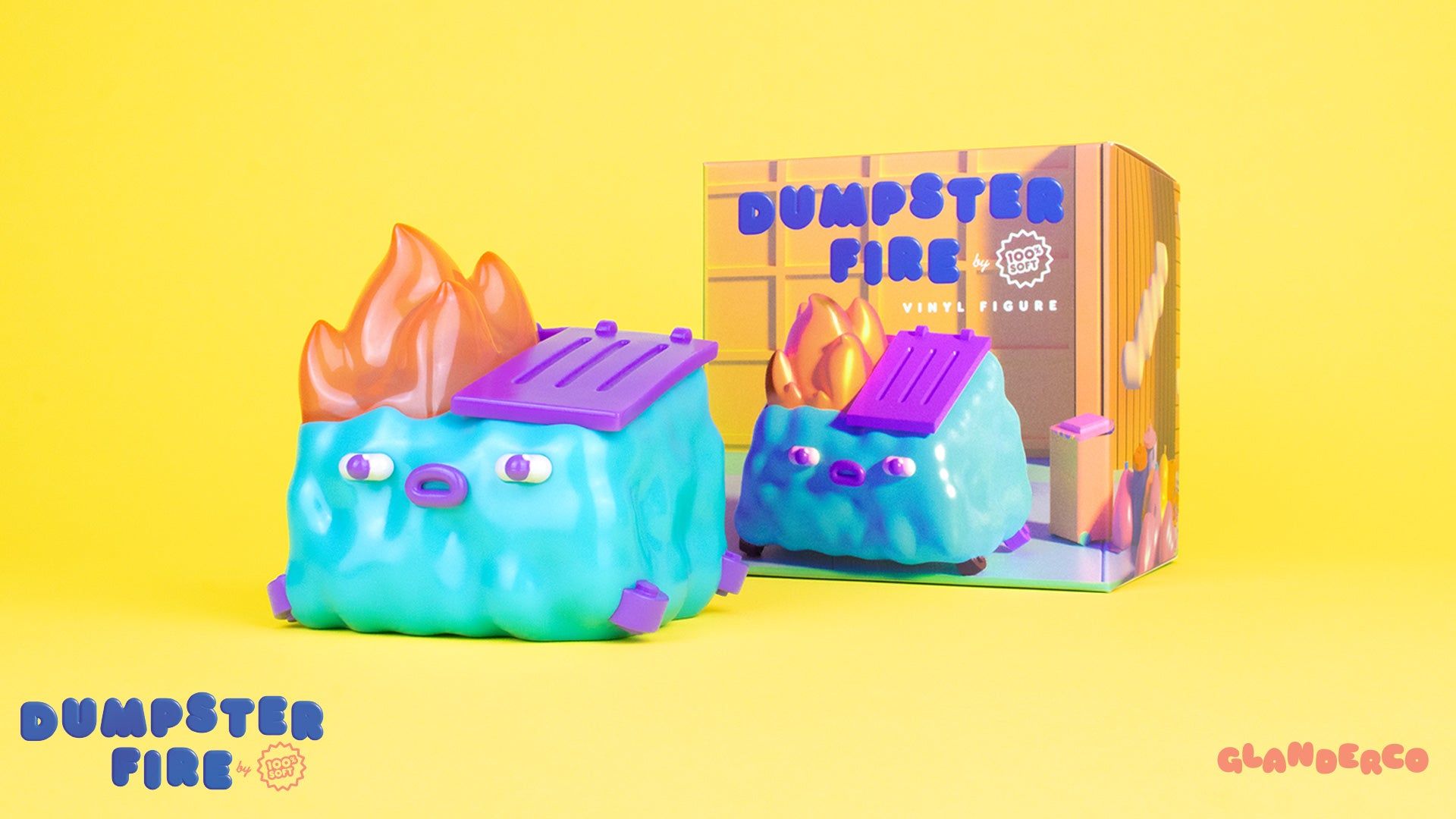


No comments
Post a Comment